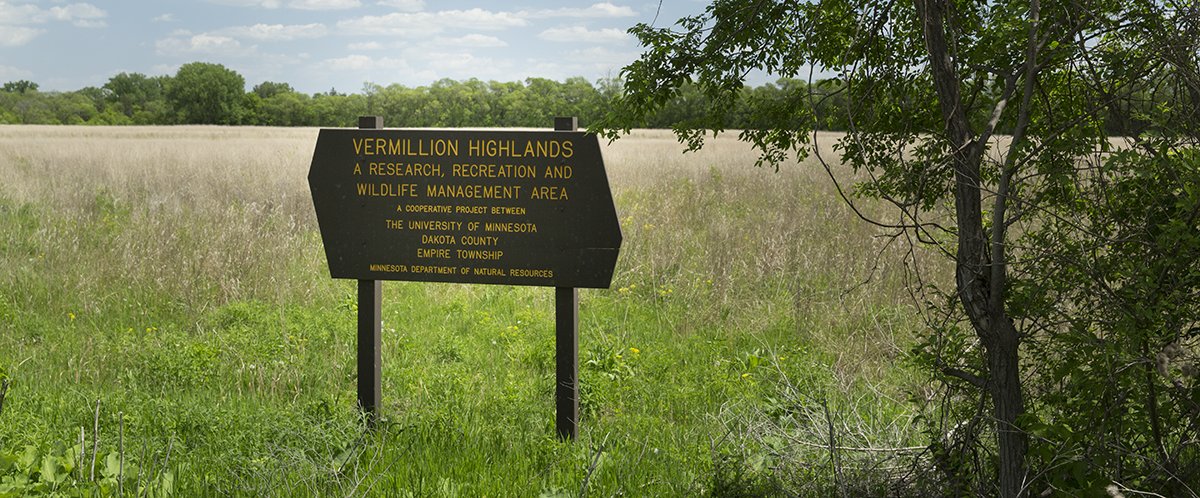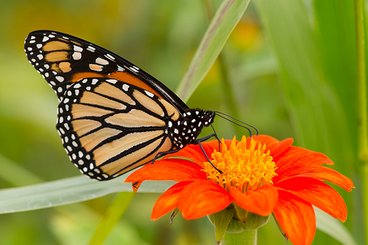Vermillion Highlands is a 2,822-acre research, recreation and wildlife management area adjacent and to the south of UMore Park. The property is jointly managed by the University of Minnesota and the Minnesota Department of Natural Resources, in conjunction with Dakota County and Empire Township. The property's status as a modified wildlife management area (WMA) allows research, recreation, and wildlife management activities to take place simultaneously on the property.
Vermillion Highlands provides opportunities for a number of recreational activities. Lone Rock Trail offers horse riders, hikers, and cross country skiers a pleasant and scenic experience, including gently rolling terrain, wooded areas, agricultural land, and two significant wetlands that flow into the Vermillion River. A variety of hunting activities are allowed throughout the year. Permitted trapping, archery and firearms hunting provide for responsible management of turkey, deer, pheasant, goose, coyote, raccoon, and other animals.
Vermillion Highlands also borders Dakota County’s Whitetail Woods Regional Park.
Prairie Overlook
The Prairie Overlook is located just southwest of the parking lot at the Lone Rock Trailhead, a trailhead used only by horseback riders and hikers. It provides exceptional views of hundreds of acres of restored prairie and the birds, insects, and small animals that live there.
When you visit the Prairie Overlook, you may want to bring a plant guide to some of the more common prairie plants. Interpretative signs identify several prevalent plants on the prairie, but many other species are not.
Pollinator Gardens
A significant feature of the Prairie Overlook is the Pollinator Gardens just to the east and west of the Prairie Overlook. These Pollinator Gardens were intentionally planted to showcase five different planting designs using a diversity of mostly native pollinator-friendly plants.
Prairie Restoration Information
From the 1950s through the late 1980s, a portion of the Vermillion Highlands property was used as a pasture for cattle and sheep involved in the University of Minnesota’s Department of Animal Science research and outreach programs. The pasture was abandoned in the 1990s as it was no longer needed for those programs and has remained unused since that time. In 2015, the College of Food, Agricultural and Natural Resource Sciences (CFANS) collaborated with the Minnesota Department of Natural Resources to convert the pasture into a publicly available educational and research prairie setting.
The primary goal for this prairie restoration was to significantly enhance the presence of flowering plants that would attract and provide improved habitat for insect pollinators (e.g., bees and butterflies) and a food source for many of our prairie bird species. To accomplish this, a specially formulated seed mix was put together that includes significantly more prairie forbs (i.e., non-grassy flowering plants). Site preparation for seeding was completed in June 2015.
In addition to the species included in the prairie seed mix, over 70 other plant species were grown at the Rosemount Research and Outreach Center (RROC). Many of these were specifically included for their pollinator-attracting qualities and planted in areas best suited to their growing needs. The area immediately around this Prairie Overlook was specifically targeted to draw an array of pollinator species closer to visitors for easier observation.


